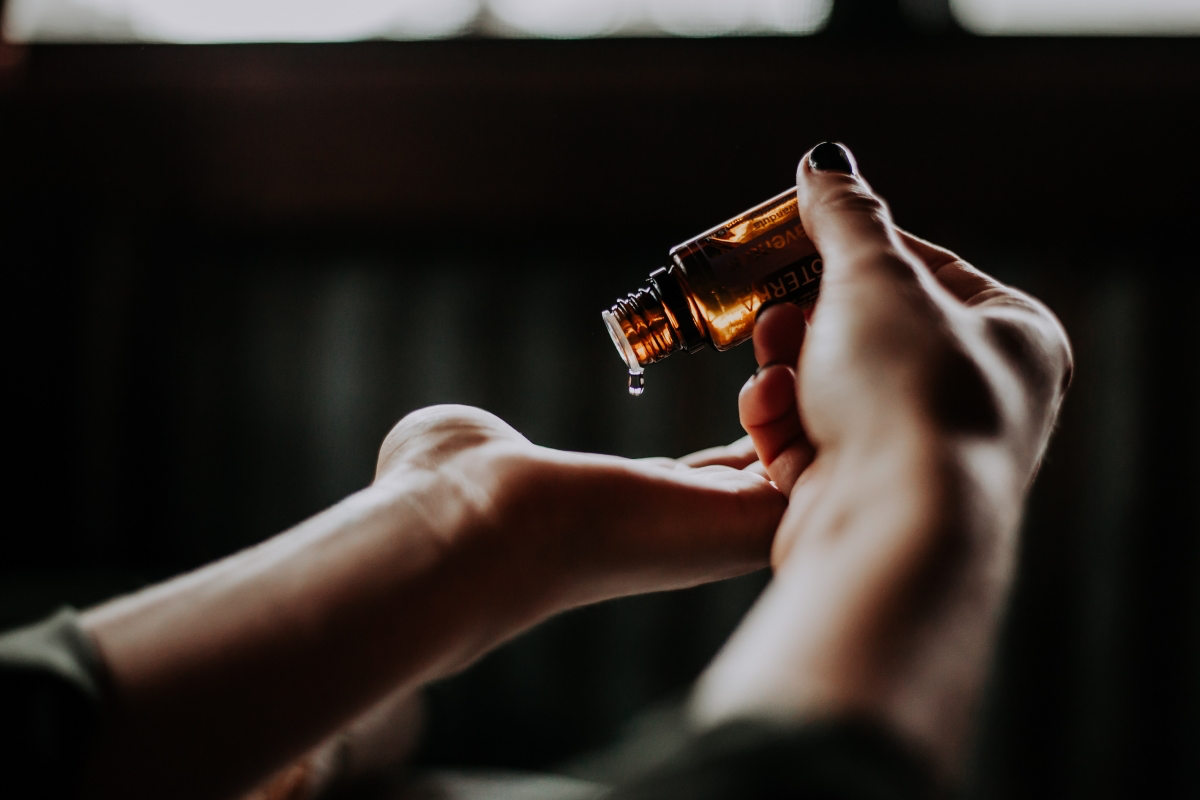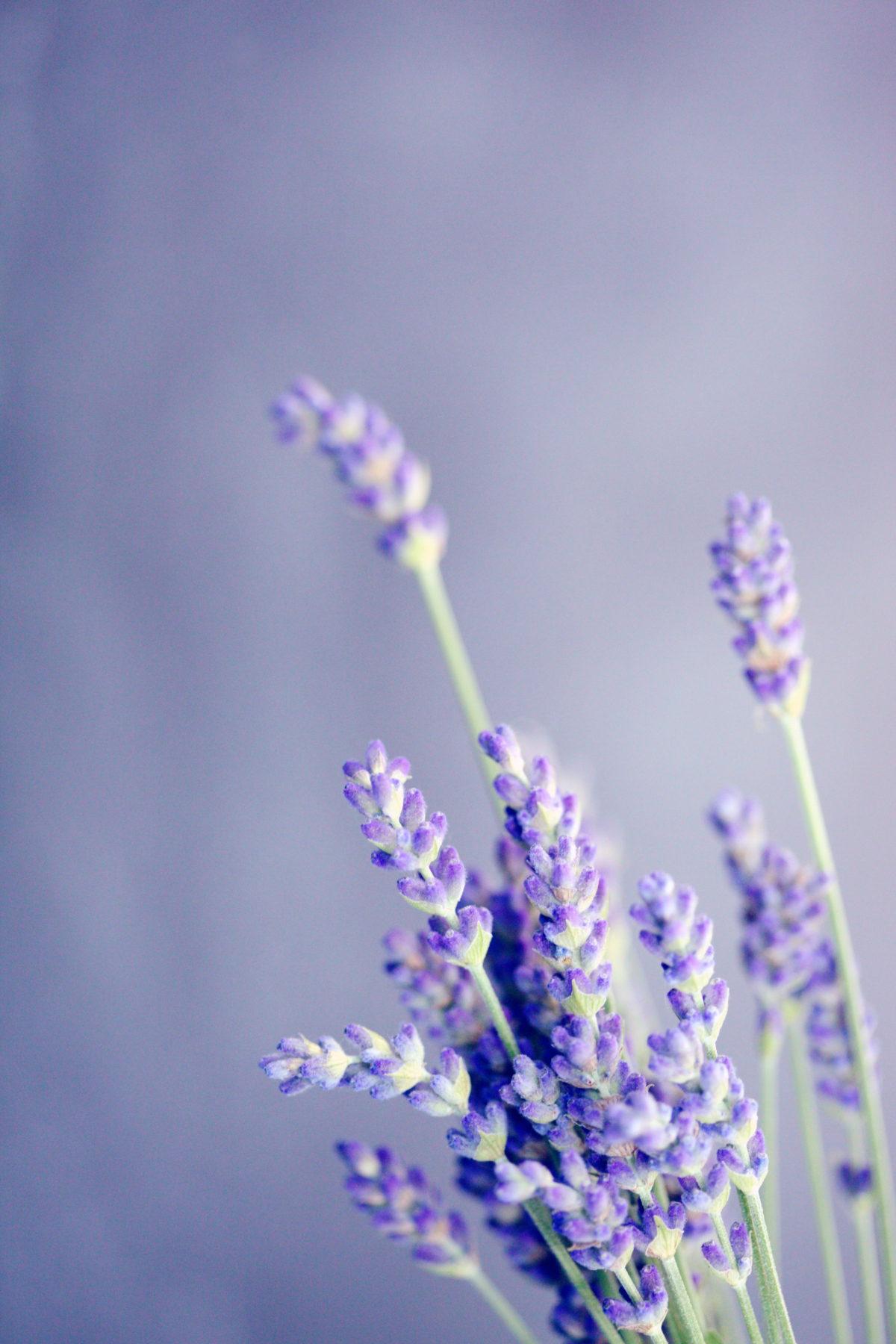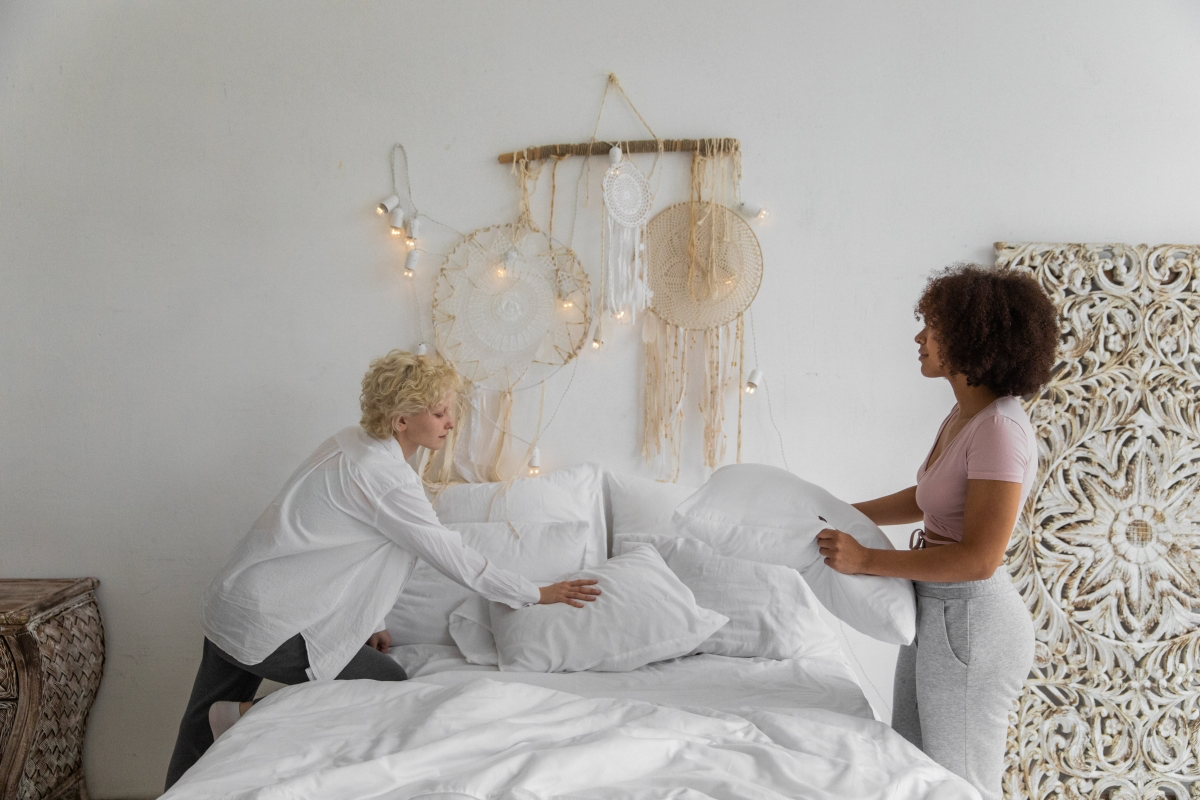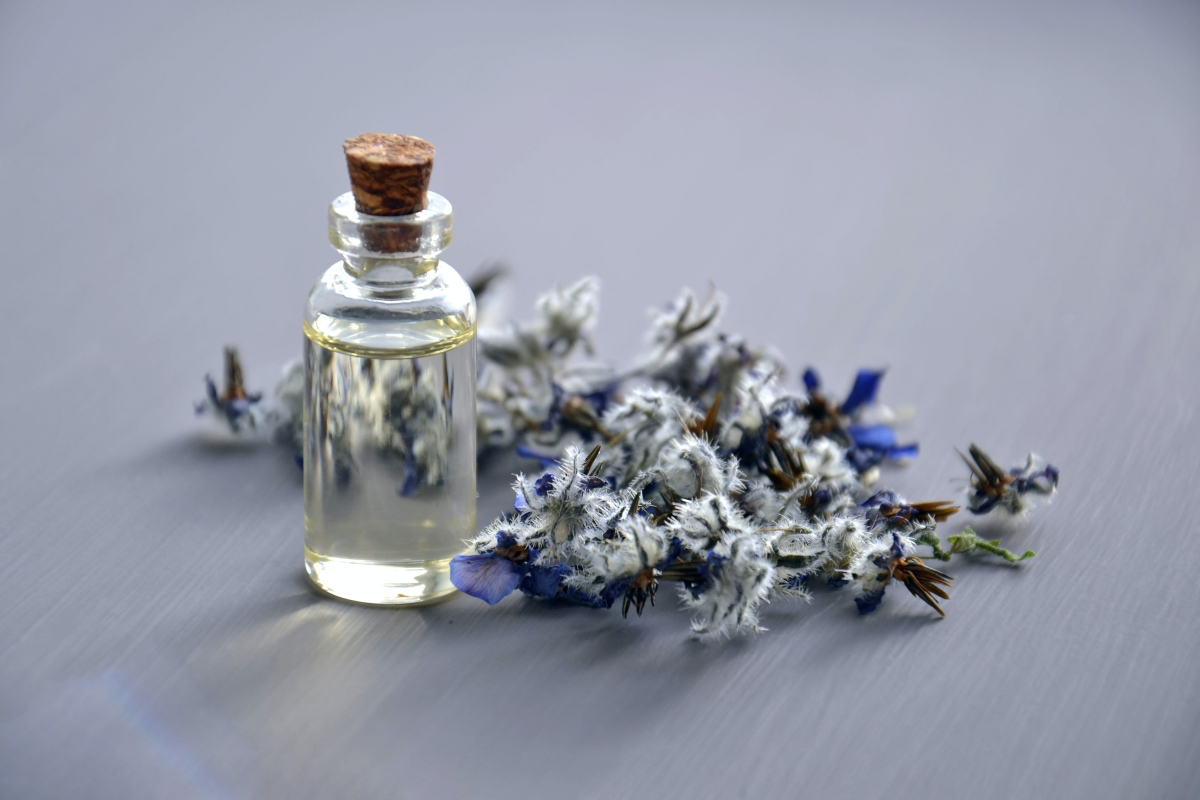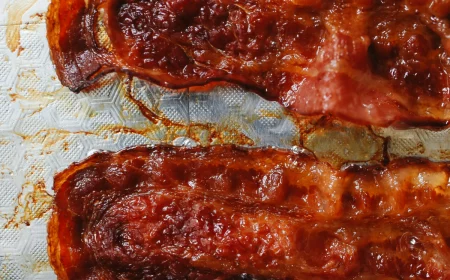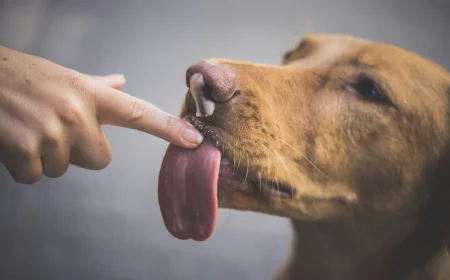Banish Bed Bugs Naturally: How to Make a DIY Bed Bug Spray
In the delicate tapestry of home life, where comfort, serenity, and harmony reign supreme, the presence of uninvited guests can unravel even the calmest of feathers. Among these unwelcome visitors, bed bugs undoubtedly ascend to the top of the list. These tiny, tenacious creatures possess an uncanny ability to turn our once-cozy sanctuaries into restless realms of discomfort and anxiety. The mere thought of their nocturnal escapades can disrupt our peaceful slumber and leave us yearning for a solution to restore the tranquility of our homes. But fear not because we shall introduce you to the art of making your very own bed bug spray – a DIY solution that combines the ingenuity of crafting with the practicality of pest control. With this natural elixir in hand, you’ll bid adieu to these unwanted guests with grace and determination, all while embracing a holistic approach to safeguarding your haven:
Want to learn how to make your own non-toxic bed bug spray?
In this article
What is a Bed Bug Spray?
Before we dive into the delightful world of DIY bed bug sprays, it’s essential to understand the enemy we’re dealing with. Bed bug sprays are specially crafted solutions designed to repel, deter, or exterminate bed bugs. They are a critical component of any comprehensive strategy against these unwelcome intruders, offering an additional layer of protection for your cherished peaceful slumber. Bed bug sprays can serve various purposes, from prevention to elimination. Some are formulated to deter bed bugs from infesting your home, while others are potent enough to eliminate existing infestations. They often contain a blend of natural ingredients known for their bed bug-repelling properties, ensuring your safety and well-being while dealing with these resilient pests.
They offer an additional layer of protection for your cherished peaceful slumber
Who Should Make a Bed Bug Spray?
The allure of creating your own bed bug spray lies in its accessibility and universal applicability. This endeavor isn’t limited to the realm of pest control experts or seasoned DIY enthusiasts. It’s an opportunity that beckons to anyone who cares about the sanctity of their home. Whether you’re a diligent homeowner dedicated to maintaining a pest-free haven, a vigilant parent concerned about your family’s well-being, a savvy renter determined to safeguard your space, or simply someone who values natural solutions, making your bed bug spray empowers you to take control of your living environment. No special expertise is required, just a willingness to explore a natural approach to pest management. So, let’s roll up our sleeves, gather our ingredients, and embark on this exciting venture to conquer bed bugs the natural way.
This endeavor isn’t limited to the realm of pest control experts or seasoned DIY enthusiasts
What are the Benefits of Making Your Own Bed Bug Spray?
As we navigate the world of bed bug sprays, it’s essential to understand the advantages of crafting your homemade remedy. Here are a few compelling reasons why you should consider this DIY approach:
- Safety First: By making your bed bug spray, you have complete control over the ingredients. This means you can prioritize natural, non-toxic elements, ensuring the safety of your loved ones and pets.
- Cost-Effective: Homemade bed bug sprays are not only safer but also budget-friendly. You’ll save money while keeping your home bug-free.
- Environmentally Friendly: Many store-bought bed bug sprays contain chemicals that can harm the environment. Creating your spray allows you to reduce your ecological footprint.
- Empowerment: Crafting your bed bug spray instills a sense of empowerment. You become the protector of your home, equipped with knowledge and resources to combat these pests effectively.
You can prioritize natural, non-toxic ingredients, ensuring the safety of your loved ones and pets
How Do You Use It?
Using bed bug spray effectively is crucial in your battle against these unwanted intruders. Follow these steps to ensure you’re using it correctly:
- Identify Bed Bug Hotspots: Before applying the spray, identify the areas where bed bugs are most likely to hide. Focus on spots like mattress seams, crevices in furniture, baseboards, and any cracks or gaps in walls.
- Prepare the Area: Remove clutter and unnecessary items from the room. This not only makes it easier to access potential hiding spots but also reduces the number of places where bed bugs can hide.
- Test in an Inconspicuous Area: Before applying the spray to sensitive or visible surfaces, test it in an inconspicuous area to ensure it won’t damage or discolor the material. Wait for a few hours to check for any adverse reactions.
- Shake the Spray Well: Shake the bed bug spray bottle thoroughly to ensure the oil and water are well mixed.
- Spray the Infested Areas: Hold the spray nozzle about 12 inches away from the surface you’re treating. Apply the bed bug spray to cracks, crevices, seams, and other hiding spots. Be generous with the spray but avoid soaking the area. Remember that you’re using a natural, oil-based solution, so a little goes a long way.
- Repeat as Needed: Bed bug infestations may require multiple treatments. Be patient and vigilant. If you notice any resurgence of bed bugs or their activity, repeat the spraying process.
- Use Preventatively: Consider using your DIY bed bug spray as a preventive measure in areas prone to infestations. Regular application can deter bed bugs from taking up residence.
- Wash Bedding and Linens: In cases of severe infestations, it’s advisable to wash and heat-dry your bedding, linens, and clothing on the hottest settings to eliminate any hidden bed bugs.
- Seal and Repair: Seal cracks and crevices in walls and furniture and repair any damaged areas. This makes it harder for bed bugs to find hiding spots.
- Maintain Cleanliness: Maintain a clean and clutter-free living environment. Vacuum regularly, including mattresses and upholstered furniture, and dispose of the vacuum bag or empty the canister immediately to prevent any captured bed bugs from escaping.
By following these steps, you can effectively use your bed bug spray to combat infestations and keep your home bed bug-free.
It is advisable to wash and heat-dry your bedding and linens
How to Make Your Own Bed Bug Spray
Crafting your bed bug spray is a gratifying and surprisingly simple process. With the right ingredients and a pinch of patience, you’ll have a potent solution in no time. Here’s what you need:
Things You Will Need:
- Essential Oils: Opt for essential oils known for their bed bug-repelling properties. Peppermint, lavender, tea tree, and eucalyptus oils are popular choices.
- Water: Distilled water is preferable, but tap water can work in a pinch.
- A Spray Bottle: Ensure it’s clean and has a fine mist setting.
- Small Funnel: To help pour the mixture into the spray bottle without spills.
- Measuring Cup and Spoons: For precise measurements.
- Optional: Dish Soap: A few drops can help emulsify the oil and water mixture.
Peppermint, lavender, tea tree, and eucalyptus essential oils are great choices
Instructions:
- Select Your Essential Oils: Depending on the size of your spray bottle, you’ll need about 10–15 drops of essential oil for every 1/4 cup of water. Feel free to mix oils for a pleasant scent and enhanced effectiveness.
- Measure Water: Using a measuring cup, pour the required amount of water into a clean bowl. If you’re using dish soap, add a few drops to the water and gently mix.
- Add Essential Oils: Using a dropper or the bottle’s built-in dropper, add the chosen essential oils to the water. Stir the mixture gently to combine the oils evenly.
- Funnel Into Spray Bottle: Place the small funnel into the spray bottle’s neck and carefully pour the oil-water mixture into the bottle. Fill it almost to the top, leaving a little space to avoid spills when attaching the spray nozzle.
- Secure the Spray Nozzle: Ensure the spray nozzle is securely attached to the bottle.
- Shake Well: Give your DIY bed bug spray a thorough shake to mix the ingredients.
Give your DIY bed bug spray a thorough shake to mix the ingredients
How to Use:
Using your homemade bed bug spray is a breeze. Here’s a step-by-step guide to ensure effective application:
- Identify Problem Areas: Locate the areas where bed bugs are likely to hide. These pests are notorious for their ability to squeeze into tiny crevices, so inspect mattresses, box springs, cracks in the walls, and furniture joints.
- Spray Liberally: Hold the spray bottle about 12 inches away from the surface and spray liberally. Cover potential hiding spots, but avoid soaking the area.
- Repeat as Needed: Repeat the process as needed, especially if you notice any resurgence of bed bugs.
- Preventative Measures: Consider using your DIY bed bug spray regularly in problem-prone areas to deter infestations.
Hold the spray bottle about 12 inches away from the surface and spray liberally
Conclusion
In the grand tapestry of life, the harmony of our homes is paramount. Bed bugs, with their nocturnal nature and cryptic behavior, can disrupt that peace. But armed with the knowledge of creating your own bed bug spray, you become the guardian of your domain. Embrace the simplicity and cost-effectiveness of this DIY solution, and you’ll not only sleep soundly, but also keep your home bug-free in the most natural way possible. Say goodbye to bed bug worries and hello to the comforts of home sweet home!
Now you know how to make non-toxic, homemade bed bug spray!


